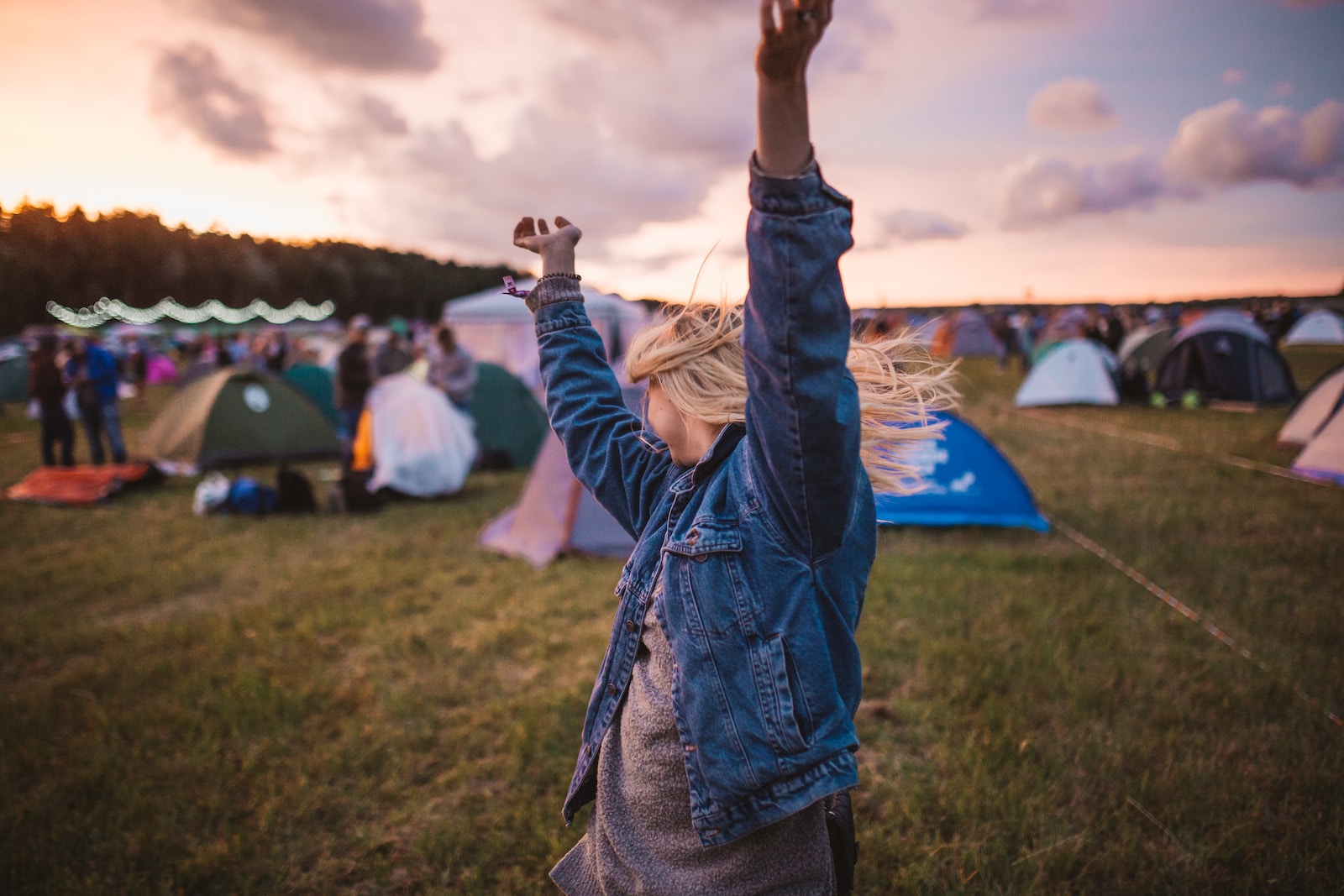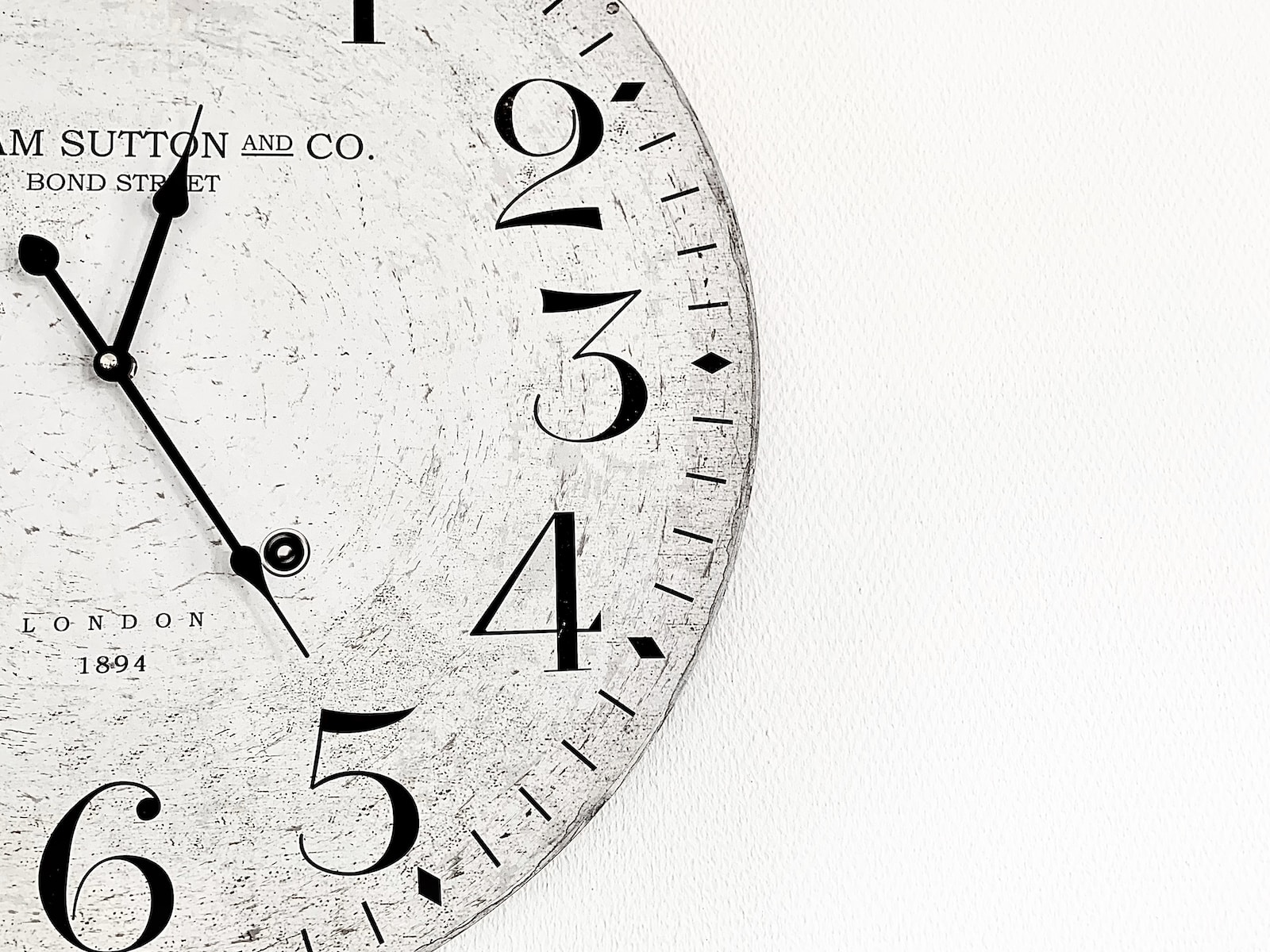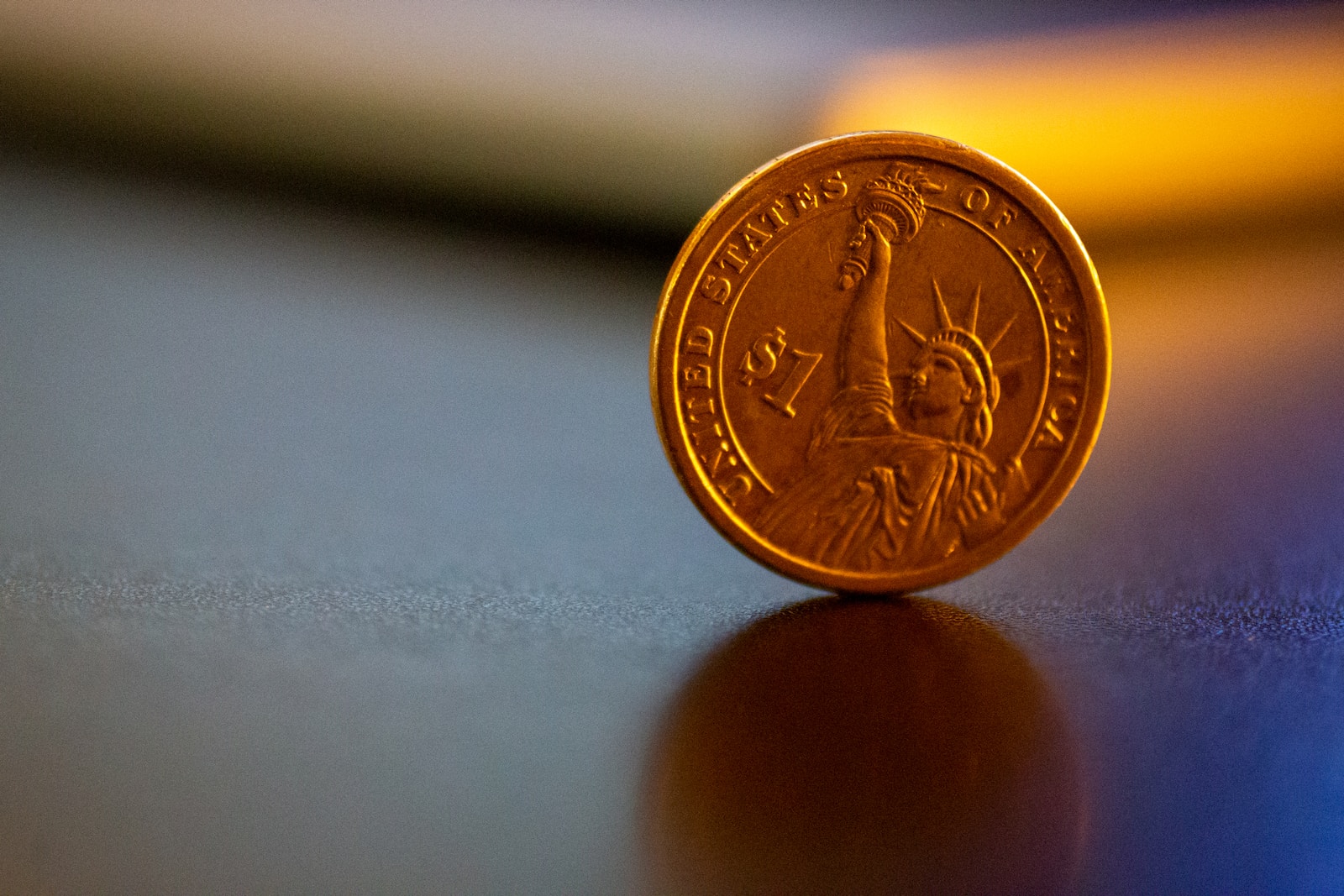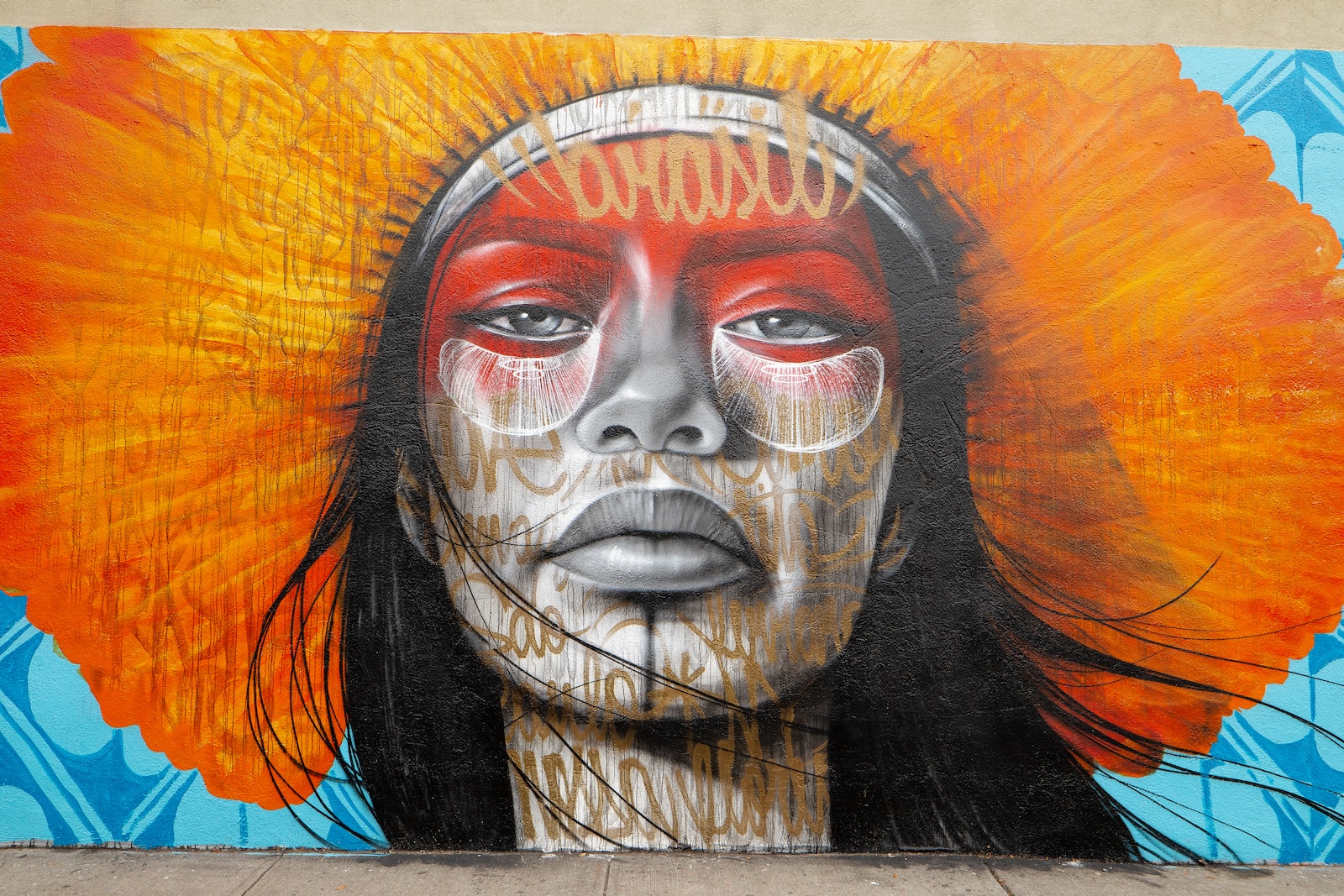Are you ready to immerse yourself in the electrifying world of music festivals? Picture yourself surrounded by pulsating beats, vibrant crowds, and larger-than-life performances. Now, imagine capturing those awe-inspiring moments through your lens, freezing them in time forever. In this blog, we will dive into the world of music festival photography, offering you valuable tips to enhance your skills and create stunning images. From selecting the right camera gear to mastering composition techniques, get ready to feel the beat and elevate your photography game.
Table of Contents
- The Main Subject: Music Festival
- Camera Options for Capturing the Energy
- Choosing the Best Time for Music Festival Photography
- Frequently Asked Questions
- 1. What equipment should I bring to a music festival for photography?
- 2. How can I capture the energy and excitement of a music festival in my photos?
- 3. What camera settings should I use for music festival photography?
- 4. How can I make my festival photos stand out on social media?
- 5. What tips do you have for shooting in crowded festival environments?
- Wrap Up
The Main Subject: Music Festival
Music festivals are a melting pot of vibrant energy, creativity, and pure musical ecstasy. As a photographer, it’s an opportune moment to capture the essence of this captivating experience. Here are the key features that make music festivals an exciting subject for photography, along with some techniques to make your photographs stand out.
1. Capturing the Crowd’s Energy
The pulsating beat, the infectious energy, and the sea of enthusiastic music lovers – the crowd is an essential component of any music festival. To capture their energy, try these techniques:
- Get close: Use a wide-angle lens to capture the crowd’s emotions and interactions.
- Shoot from different angles: Experiment with low angles for a sense of grandeur or high angles to reveal the scale of the crowd.
- Focus on faces: Capture the raw emotions, smiles, and excitement on concertgoers’ faces.
- Freeze the motion: Use a fast shutter speed to capture dancers in mid-air or people jumping to the music.
2. Showcasing the Performers
Music festivals attract an array of talented performers, from rising stars to renowned artists. To capture their charisma and stage presence, consider these techniques:
- Utilize stage lights: Experiment with long exposures to capture the mesmerizing light effects that accompany the performances.
- Focus on the details: Capture the emotion in the musician’s face, the beads of sweat, or the strumming of a guitar.
- Zoom in: Use a telephoto lens to capture tight shots of the performers, highlighting their expressions and interactions with the crowd.
- Shoot during golden hour: Take advantage of the magical light during sunrise or sunset to add an ethereal touch to your photographs.
Remember, while photographing the performers, always be respectful and adhere to any photography rules set by the festival organizers.
Now that you know how to capture the main subject of music festivals, it’s time to gear up with the right equipment.
Did you know that music festivals attract an average of 32 million attendees each year? From Bonnaroo to Coachella, these events capture the hearts of music lovers worldwide, making them the perfect setting for memorable photography experiences.
Camera Options for Capturing the Energy
When it comes to photographing music festivals, having the right equipment can make all the difference. To truly capture the spirit and energy of these events, here are some camera options to consider:
- Mirrorless Cameras: These lightweight and compact cameras are perfect for maneuvering through crowds and capturing candid moments. They offer excellent image quality and fast autofocus, allowing you to capture the energy of the performances with ease.
- DSLR Cameras: If you prefer the traditional feel of a DSLR, they are still a great option for music festival photography. They offer a wide range of lens options, allowing you to capture both wide-angle crowd shots and close-up artist portraits.
Choosing the Ideal Lenses for Music Festival Photography
Once you have chosen your camera, selecting the right lenses is crucial for capturing captivating shots. Here are some lens options to consider:
- Wide-Angle Lens: A wide-angle lens, such as a 24mm or 35mm, is perfect for capturing the vastness of the festival grounds and the energetic crowd. It allows you to include more elements in your frame, giving a sense of the overall atmosphere.
- Telephoto Lens: A telephoto lens, such as a 70-200mm or 100-400mm, is essential for capturing close-up shots of performers on stage. It allows you to zoom in and capture the emotion and energy in their expressions and movements.
- Prime Lens: If you prefer a fixed focal length, a prime lens can be a great option. A fast prime lens, like a 50mm or 85mm, can offer a wide aperture, allowing you to get a shallow depth of field and create a beautiful bokeh effect in your festival portraits.
Remember, the best camera and lens for music festival photography ultimately depend on your personal preference and shooting style. Consider factors such as portability, low-light performance, and versatility when making your selection. Experimenting with different combinations can lead to unique and creative shots.
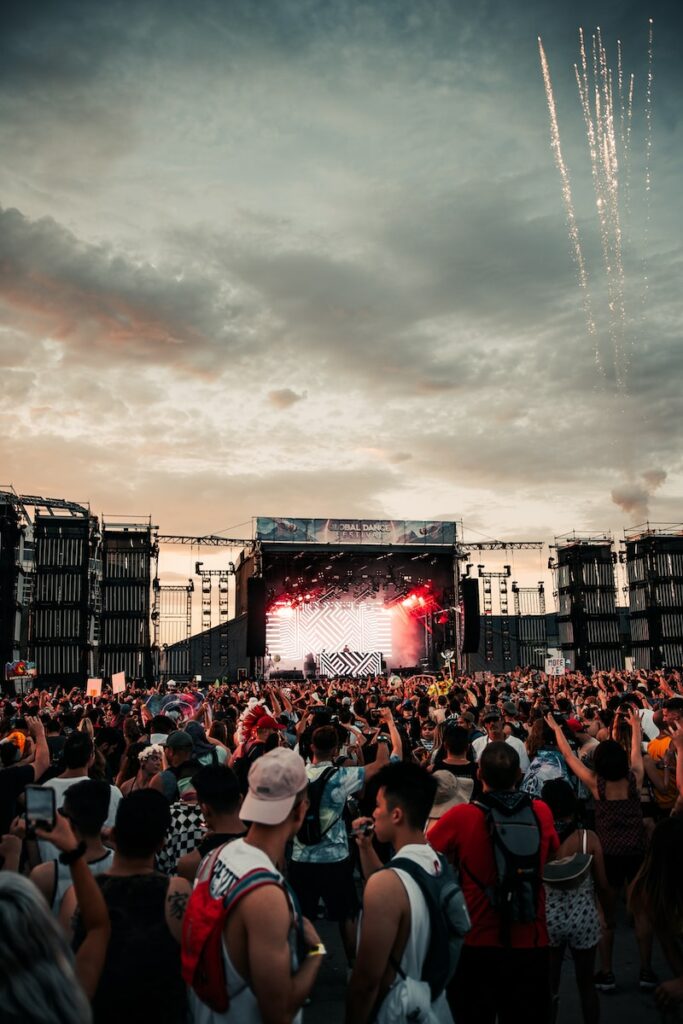
Choosing the Best Time for Music Festival Photography
One of the most important factors in capturing stunning photos at a music festival is timing. The golden hour, the period shortly after sunrise and before sunset, is a photographer’s best friend. During this time, the light is soft, warm, and creates a magical atmosphere. The colors in the sky blend beautifully with the vibrant energy of the festival, resulting in breathtaking shots.
Arriving early in the morning or staying until dusk will give you the opportunity to take advantage of this enchanting lighting. As the sun is lower on the horizon, it casts a softer glow, making the performers and concertgoers appear even more captivating. Plus, the golden hour provides long shadows, which add depth and dimension to your images.
Vantage Points for Unique Perspectives
When it comes to music festival photography, finding the right vantage point can make a world of difference. Instead of sticking to the crowd, try exploring different angles and positions to capture unique perspectives and stand out from the typical festival snapshots.
If you have a press or VIP pass, take advantage of the privileges it offers. Access to the photo pit, located just in front of the stage, provides an unobstructed view of the performers. This exclusive position allows you to capture close-up shots and freeze those electrifying moments of an artist’s performance.
If getting close to the stage is not an option, make your way to higher ground. Look for elevated areas like hills, platforms, or buildings surrounding the festival grounds. Climbing up can give you a bird’s-eye view of the entire scene, allowing you to capture the crowd, the stage, and the festival atmosphere all in one compelling shot.
Another exciting perspective is to capture the festival from within the crowd. Going into the midst of the energetic crowd can result in dynamic photos that truly convey the spirit and excitement of the event. This perspective enables you to capture the energy, the emotions, and the connection between the performers and the audience.
Remember, experimenting with different positions will bring diversity to your portfolio and make your photos more engaging.
One helpful photography tip for capturing the energy and excitement of music festivals is to experiment with different angles and perspectives. Don't be afraid to get low to the ground or shoot from a high vantage point to add a unique and dynamic element to your photos. Remember, the key is to capture the essence of the moment and the spirit of the music in your shots.
Frequently Asked Questions
1. What equipment should I bring to a music festival for photography?
When attending a music festival, it’s best to travel light. A DSLR or mirrorless camera with interchangeable lenses is ideal, along with a mid-range zoom lens and a fast prime lens for low-light photography. Don’t forget to bring extra batteries, memory cards, and a sturdy tripod.
2. How can I capture the energy and excitement of a music festival in my photos?
To capture the spirit of a music festival, experiment with different angles and perspectives. Get close to the stage to capture the performers’ emotions, or step back to capture the energy of the crowd. Use a fast shutter speed to freeze action and consider shooting in burst mode to capture those perfect moments.
3. What camera settings should I use for music festival photography?
In low-light situations, use a wide aperture (low f-stop number) to let in more light. Adjust your ISO to a higher value for better exposure but be mindful of noise. Experiment with shutter speed to freeze action or create motion blur. Shoot in RAW format for greater flexibility in post-processing.
When editing your festival photos, consider enhancing colors, adjusting contrast, and adding a touch of vibrancy. Look for unique moments or candid shots that tell a story. Use hashtags relevant to the festival and tag the event organizers or performers to increase your visibility and engagement.
5. What tips do you have for shooting in crowded festival environments?
In crowded music festivals, it’s essential to be aware of your surroundings and respectful of others. Arrive early to secure a good spot, or find an elevated position for a different perspective. Use a telephoto lens to capture distant performances and be patient to wait for those unobstructed shots.
Wrap Up
Music festivals are a vibrant celebration of music, culture, and art. As a photographer, capturing the spirit of these events requires careful planning and a keen eye for detail.
By following these essential photography tips, you can ensure that you capture the energy and excitement of each music festival you attend. Remember to be prepared, experiment with different angles and techniques, and embrace the unique atmosphere of each event.
We hope that these tips will help you elevate your festival photography skills and inspire you to document the magic of music festivals in your own way. So, grab your camera, head to a music festival, and feel the beat through your lens.
Have you ever photographed a music festival? Share your experiences and tips in the comments below!
